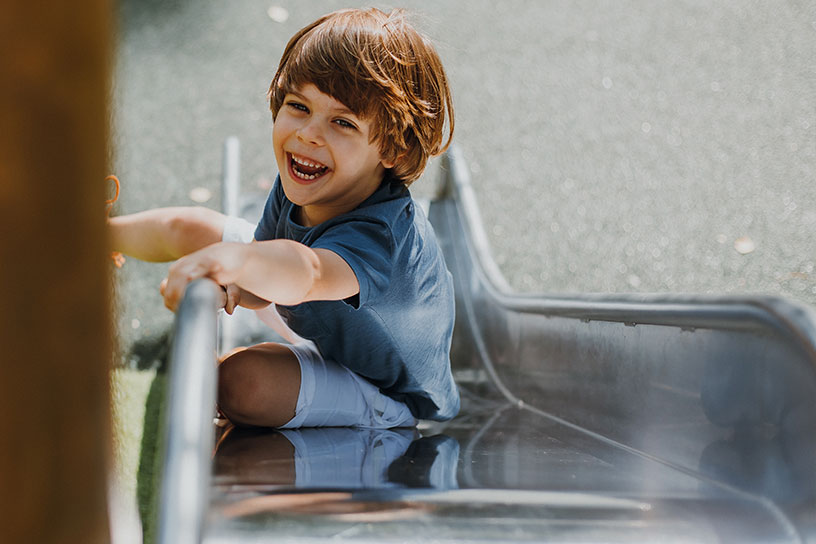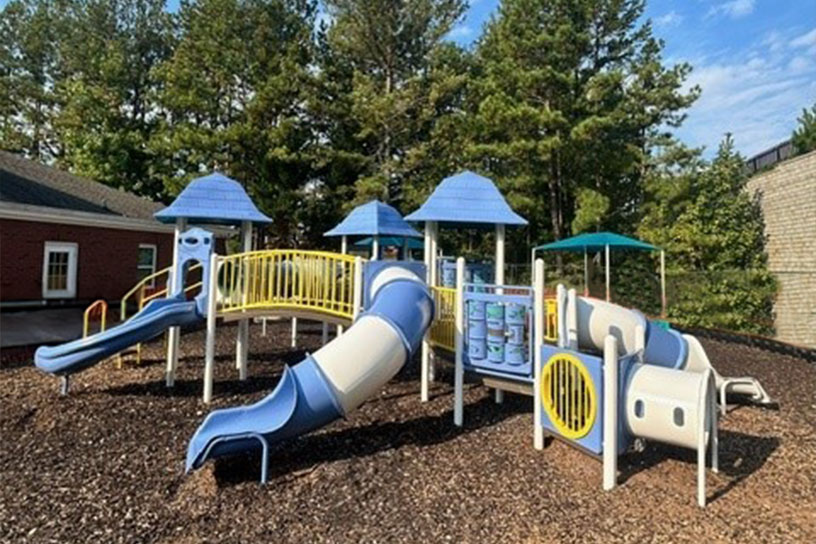Installing a new playground in your community is an exciting event. If you’ve made it through the budgeting and design phases, you know just how much time, money, and energy goes into the addition of a play structure. But, there’s one more massive step to take before your community can enjoy its brand new playground. Here are five key things to know about your playground installation before the big day.
Filing Permits
The first step to installing a municipal, neighborhood, or school playground system is to ensure you’ve filed the correct permits. You may need to file separate permits for your structure, fencing, and land use, so double check with your municipality to prevent hiccups in the installation process.
You may also need to request permits or provide additional notice on your playground installation day. Local authorities can help you secure the area, manage traffic, and keep bystanders at a safe distance while your playground equipment installer gets to work.
Preparing Your Location
Once the proper permits are in place, you’ll need to prepare your installation site. Depending on your space, these tasks can take just a few days or months of work.
Consider and budget for preparatory tasks like:
- Calling 811 to have utilities marked and ensure it’s safe to dig
- Flattening and improving your land
- Removing trees, shrubs, and invasive weeds
- Adding a fence if required by law
Ensuring your land and location is prepared for the big day is the best way to help your commercial playground installation go smoothly.
Installing Your Playground
Once you have your site prepared, you’ll need to hire a playground equipment installer. Some companies include delivery and playground installation free of charge or for a small fee. Other companies may require you to find your own certified playground installers.
Whichever method you choose, it’s important to communicate early and often to prepare for a successful installation. This is also the time to add playground safety signage around your structures and finish the installation of fencing and other safety features.
Choosing Safe Playground Surfaces
Over 70% of playground injuries are caused by falls onto an unsafe surface. That means a playground is only as safe as the surface it sits on. Research the type of playground surface that should be used in your situation, as well as the thickness or depth required and playground installation. You can also utilize “zones” for a cost-effective solution that offers more support and padding in the areas where children are most likely to jump and fall.
Additionally, consider the height of the equipment you choose during the design phase, and ensure it is appropriate for the children who will be using it and the surface you plan on using below it. With these considerations, you can select the best surfaces that will maximize playground safety and durability.
Planning Regular Playground Inspections
During the playground installation process, you’ll also want to look ahead to ensure you can support the maintenance and inspection needs of your playground. While playgrounds are built to hold up to years of use and severe weather, they need regular inspections and maintenance to extend their life.
Regular playground inspections and preventative maintenance will:
- Keep your community’s children safe
- Protect your investment
- Add value to your neighborhood or park
- Prevent unexpected repair bills down the line
There are two main options when it comes to playground inspections: you can choose to hire an independent playground inspector or utilize a digital playground inspection service like Park Protector. Either way, you’ll have peace of mind that your playground installation is safe and secure for your community’s children.
Looking for an inspection for a recent or future playground installation? Our team of experts is passionate about helping you ensure the safety of your equipment. Schedule a consultation today!





